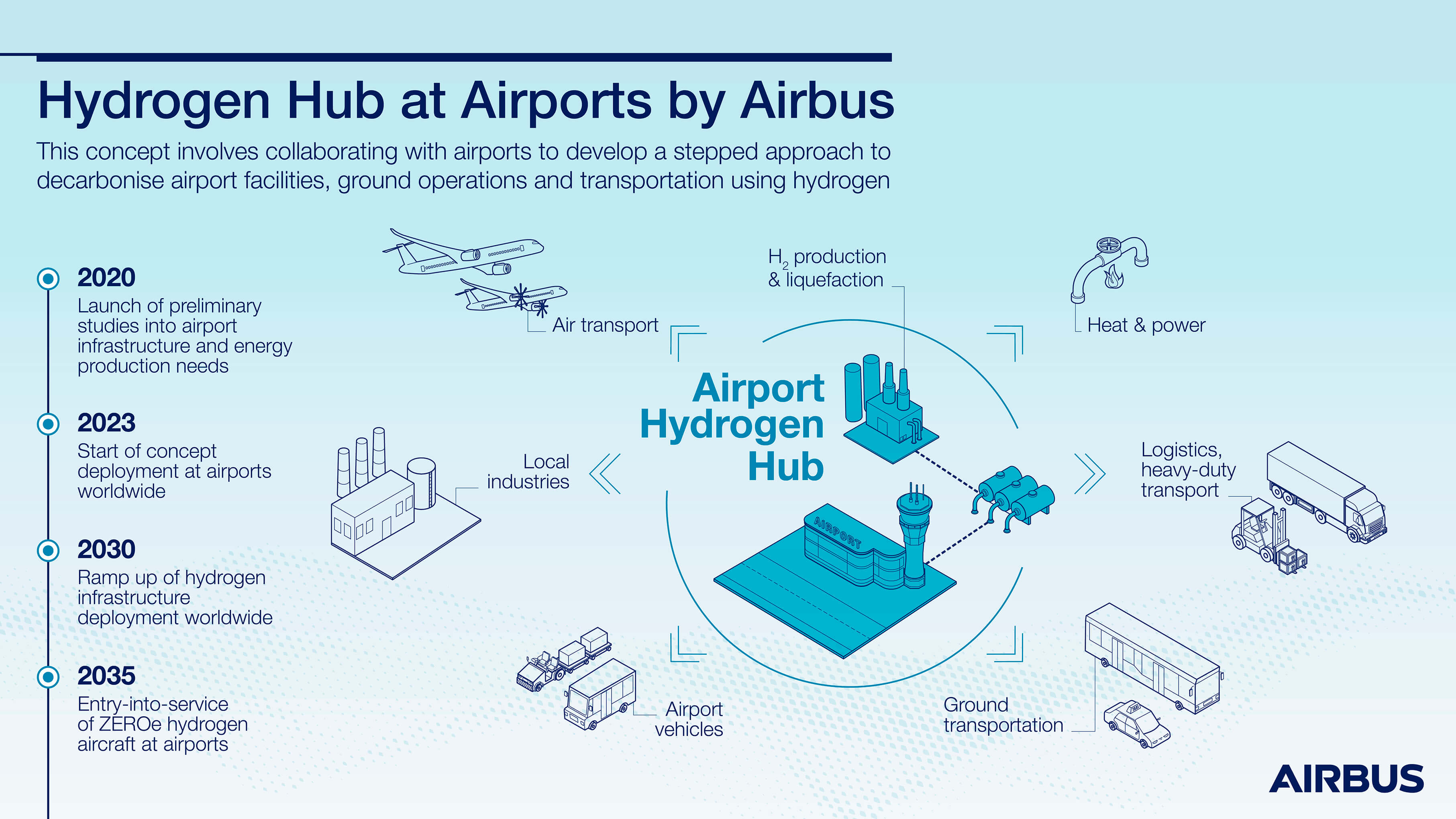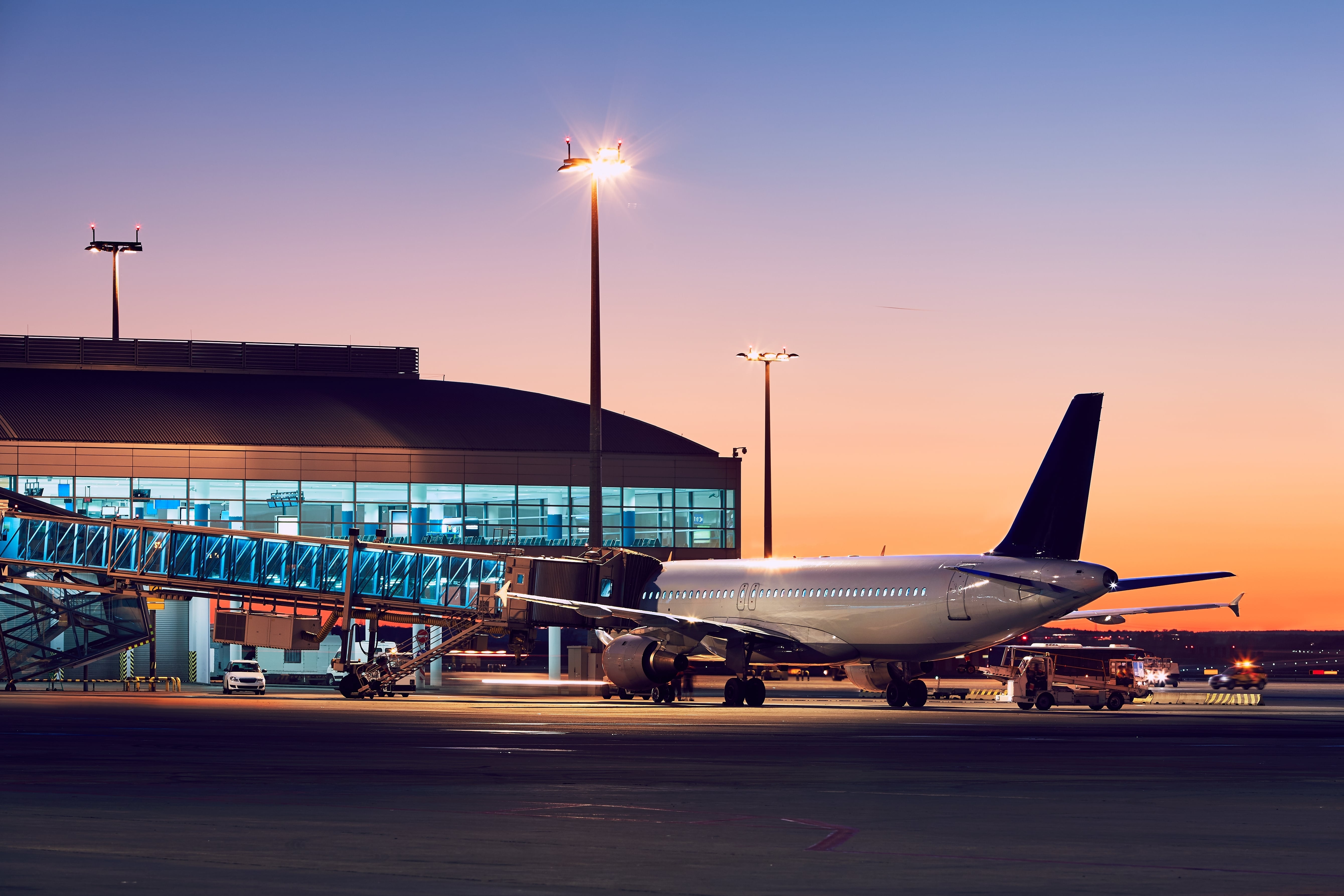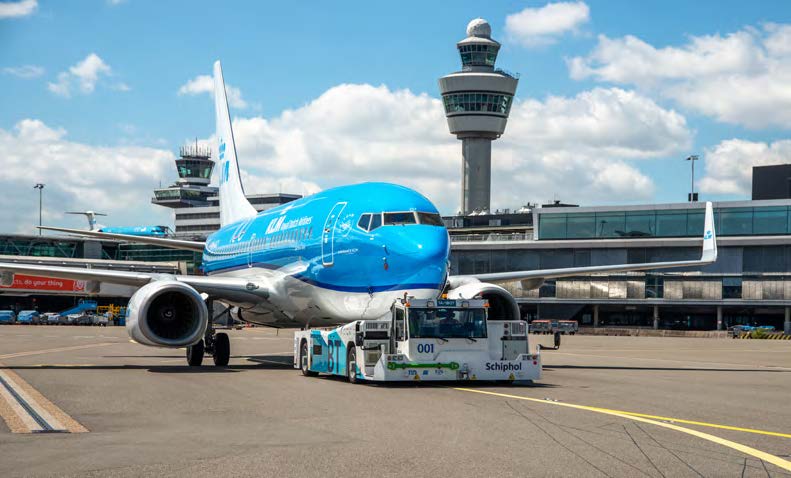As the aviation sector evolves in order to respond to environmental challenges and new market segments, airport infrastructure also needs to adapt accordingly. The trans-European transport network (TEN-T) regulation promotes the interconnection, multimodal mobility and interoperability of national networks. It is currently being reviewed to ensure that transport infrastructure development is aligned with the European Green Deal and the Strategy on Sustainable and Smart Mobility
.




